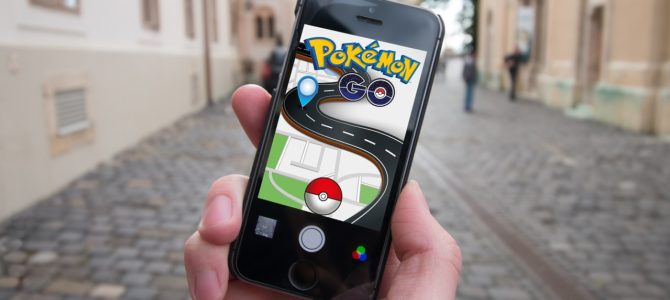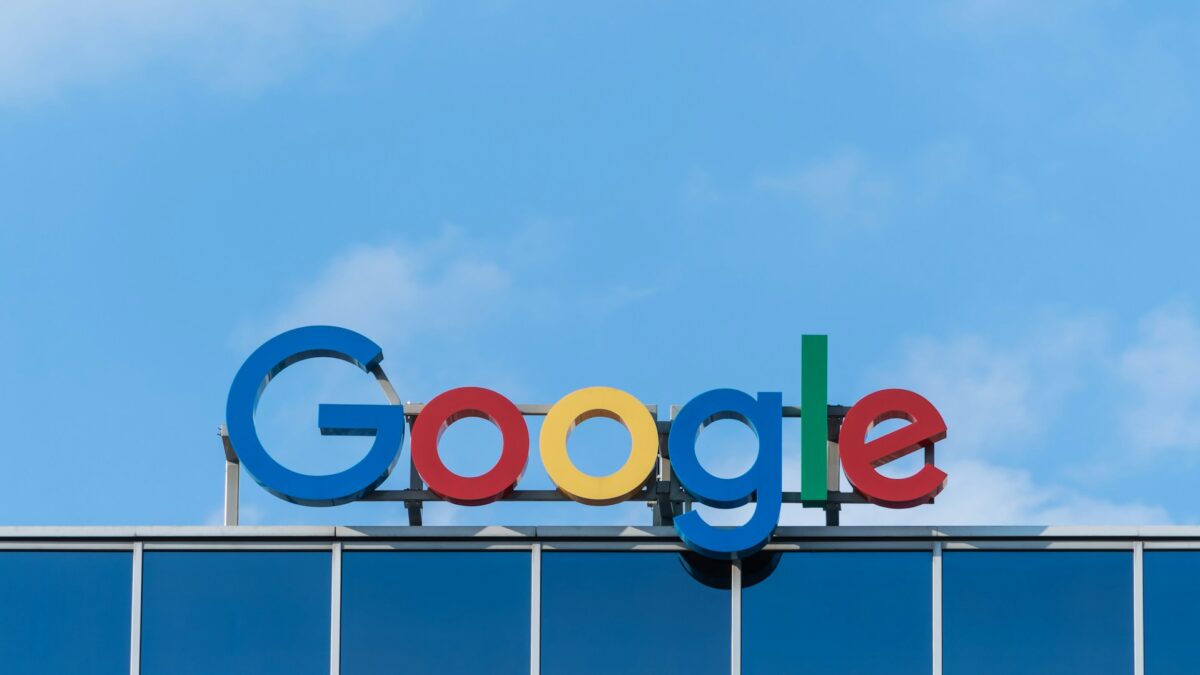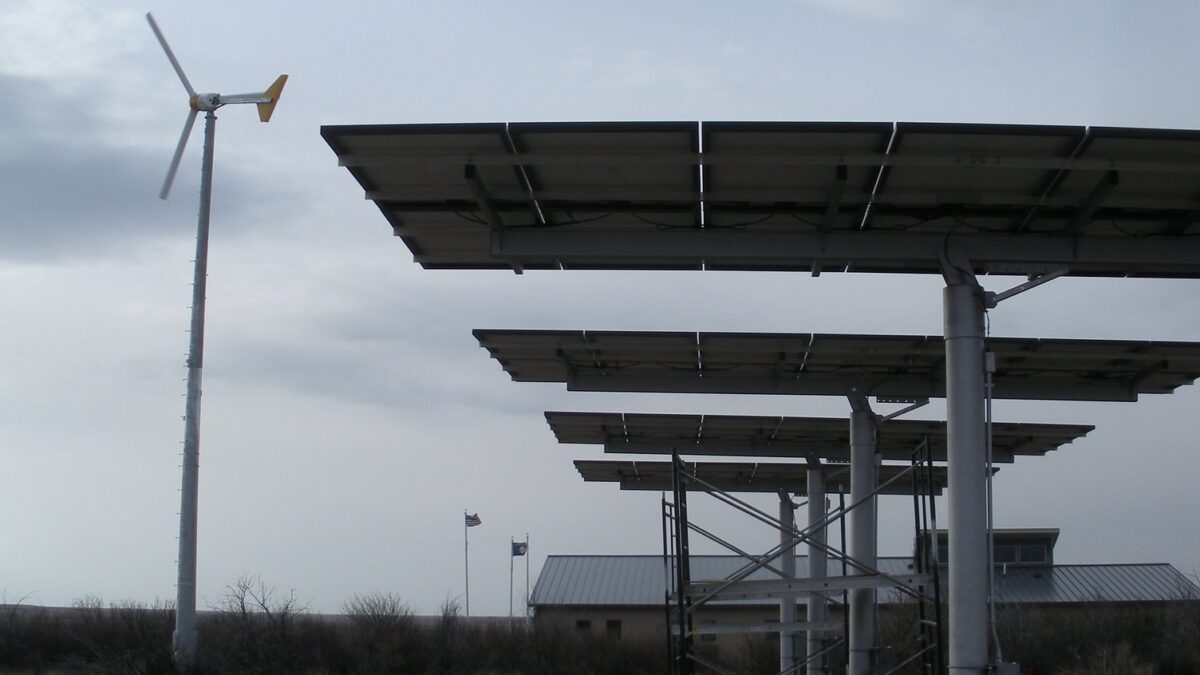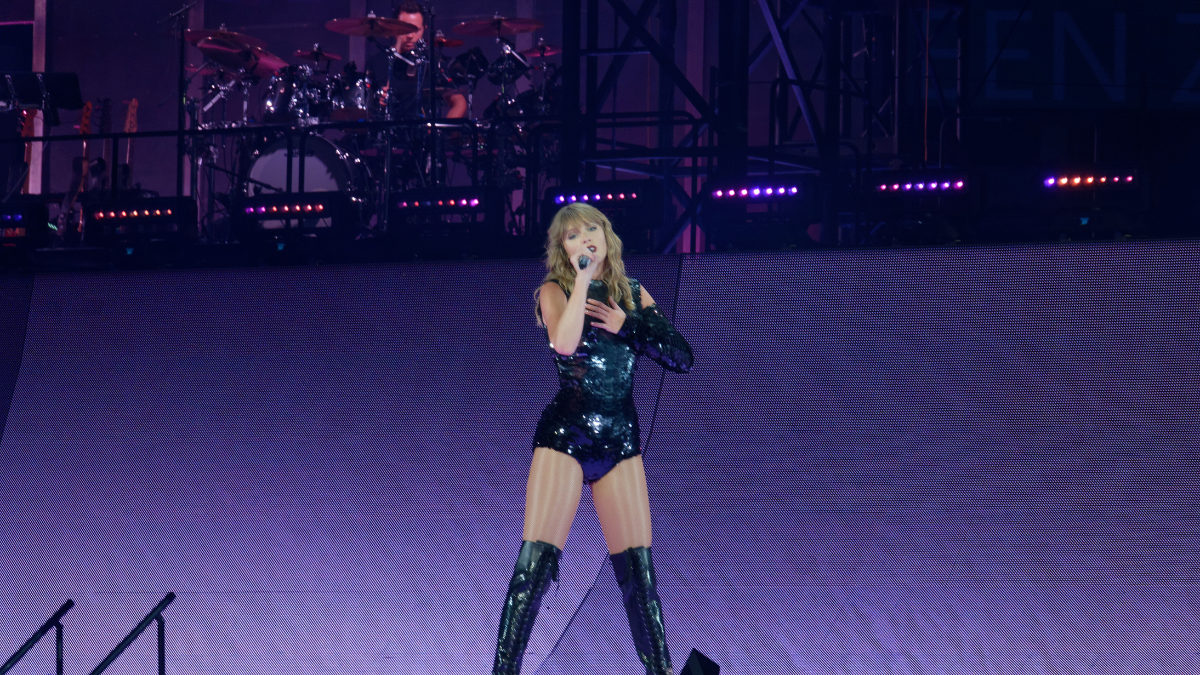
It was the best of times, it was the worst of times – at least for the players of Pokémon Go in two different cities this past Saturday. For a month, players around the world had been preparing for the official Pokémon Go Fest in Chicago being hosted by Niantic, creators of the popular augmented reality game. Meanwhile, in Champaign, 140 miles to the south, a player-planned event was taking place at West Side Park downtown.
Tickets for the Chicago event had sold out within minutes when the online order form opened a month prior. If you weren’t lucky enough to get one of those 15,000 tickets from Niantic, you could go on eBay or Facebook Marketplace and pay $100 or more above face value to the scalpers. All of Grant Park was to be cordoned off for the festival, with the chance to capture “rare” Pokémon that seldom spawn in the region and “legendary” Pokémon that would be unveiled and introduced to the game.
The rest of the Pokémon Go community could join in the fun with a Worldwide catch challenge – the more creatures they caught during the day, supposedly, the better rewards they would unlock in game for the next 48 hours. Plus, they would enable the players in Chicago to go to the “Mystery Challenge,” where they see what legendary Pokémon is waiting for them and unlock the creature worldwide if they could defeat it in Chicago.
— Pokémon GO News (@PokemonGoNews) July 12, 2017
Champaign’s event in the park was just one of many that formed organically from fan groups wanting to get in on the fun. Though they didn’t have the entertainment or official perks of the Niantic event, they did have a wide-open space with plenty of Pokéstops where resources could be collected and “lures” could be placed to attract more creatures.
No Plan Survives First Contact with the Enemy
While players in Champaign were gathering around their pop-up tent for a leisurely chat, the players in Chicago had already started encountering problems. Brandon, a Champaign-area player who made the trip up to Chicago reported, “The problems started with the line – there was one point of entry, both lines – early entry and regular – are several blocks long, and there was no end in sight for many looking to find the end of the lines.”
Once inside the park, things didn’t get any better. Apparently, Niantic had not coordinated with the major Cellular Carriers to deploy extra transmitters in the park and attendees reported that AT&T and Verizon were almost completely jammed while Sprint (with comparatively fewer users) was working better. Other players reported that even if you could get an Internet connection, the app would often lag and crash, indicating the servers for that geographic area in the game likely weren’t keeping up with demand either. Players booed the CEO of Niantic when he came on stage and chanted “I can’t play” so loud that it drowned out his speech.
Sadly, this is not the first time that technical logistics have proven too great an enemy for Niantic to overcome. When the game first came out a year ago, the servers had a hard time keeping up with the number of users joining. Key features such as a radar that showed where nearby Pokémon could be found were notoriously inaccurate at first and had to be disabled until they were revamped and replaced about six months later. Several game updates introduced bugs that caused widespread player problems until the software was patched.
Brandon summarized his takeaway on the event:
“Niantic failed to communicate, Niantic failed to create a stable event environment in a setting where they knew the exact number of attendees, and Niantic failed to respect those that put so much time and money into this- including themselves. Niantic is of course the one that put the most time and money into it, but the effort doesn’t appear to be there – it fell very flat, was very disappointing, and showed a lack of preparedness from a company constantly criticized for not putting due diligence into their multi million dollar cash cow over the past year.”
Still, the one thing that remained consistent was a strong user base that loved the game and found their own ways to make it work. As expected of many new technologies, the game followed the Gartner Hype Cycle – where an initial peak of inflated expectations had led to a trough of disillusionment until it finally settled in a plateau of productive gameplay for those who stuck with it.
Building A Grassroots Gaming Community
One of the things that Niantic has done right is encouraging the formation of affinity groups and gamer communities around the game. Sites like Game Press and The Silph Road (the outgrowth of a subreddit) offer a place for users to share knowledge and create semi-official guides for best practices. YouTube Bloggers like “TrainerTips” Nick offer video guides to gameplay. Many physical communities also have Pokémon Go groups organized through Facebook Groups, Google Chats, or other Gamer Chat servers.
Champaign-Urbana, with the flagship campus of the University of Illinois, is a great example of what a robust Pokémon Go playing community looks like. In addition to the Game-wide Facebook Group and separate groups for each of the three teams (Blue, Red, and Yellow), there is also a private gamer chat that plays host to a mapping project and notification system for rare creatures that appear in the community.
The map project is run by Allen, a Sophomore majoring in Materials Science and Engineering at Illinois. Allen started the project because he wanted to play the game more effectively. He set up the map using an open-source toolkit developed by other developers who have hacked the game interface to have bots scan the game and find rare creatures in a defined geographic area as they spawn.
“I started by just scanning campus and the Downtown area and sharing the link with Mystic [the Blue team],” Allen said. “But it seemed greedy to keep all the information to just one team, so I started sharing the map with everyone and expanded it to cover more of Champaign-Urbana.”
After running the map for a few months, Allen also opened up a private gamer chat server. Everyone on the Facebook Group (as well as any other players in the area) were invited to get the chat app that provided real-time alerts and GPS coordinates for the rare Pokémon as they appeared. Players could also use the chat rooms to coordinate attacks on high-level “Raid Bosses” that might take 5-15 people working together to defeat and capture.
While the skills used for the software are not directly part of his degree, Allen has learned a lot about project management, coding, and Linux systems through his hobby. But “mostly I just do it for fun,” Allen says. “The game is pretty dull, I think, unless you have a big map. When I go someplace [to get a rare creature] and see a bunch of other people show up… it’s exciting again like the first few weeks when everyone was playing.”
Participants From All Walks of Life
While the geeky personalities and technical skills for a map project will be found at the University, the game is not limited to just college students as a demographic. Online chat enables a democratization of communication and the gaming community has long been a place where skill and interest matters more than age or social status.
One local Raid was organized by a young teenager (under the watchful eye of his father), using the gamer chat app to keep people informed of how much time was left to stage an attack and how many players had come to join the party. It took seven players to beat this boss: the Raid organizer, a PhD student (yours truly) pushing a baby in a stroller, a local drugstore clerk who had “just a few minutes” until his shift started, a web designer, a local restaurant manager, and a dad with his pre-teen son. A middle-aged mom who had to pick up her daughters from a summer activity arrived just a few minutes too late to join the attack.
It was this diverse group, writ large, that had gathered together for the Worldwide Catch Challenge event in Champaign planned to correspond with Niantic’s doomed Pokéfest in Chicago. A skilled tradesman, Joe, who works at the local Ford dealership, coordinated the event with the other Blue, Red, and Yellow team leaders helping to spread the word. He wrote on Facebook:
“Hey everyone! Looks like we have a nice sized group already. I am Team Valor [the Red team]… On Saturday none of that matters because we need to work as a team and catch as many Pokemon we can within the time periods. It is gonnaa be hot outside on Saturday. We will have bottled water and snacks for everyone. We will need a few coolers with ice in them if people can arrange that. We want this to be as enjoyable for everyone as possible. Lets go do our part and catch some POKEMON!”
The Champaign event attracted at least 50-60 participants, several walking their dogs, pushing strollers, or having young their kids in tow. Joe walked around the park with his wife and daughters during catching periods, encouraging people to grab a bottle of water from his cooler under the pop-up canopy. Players lounged in the shade chatting between the challenge windows.
The comments after the event were overwhelmingly positive:
JC wrote: “Today was a lot of fun. It felt like it did when Go first came out.”
Julie wrote: “Westside was packed, everyone was walking around on a mission catching pokemon which was nice to see!!”
Laleh wrote: “I should’ve stayed in C-U with you guys :-(”
And the community Pokémon hunting continued on Sunday, as the new creatures migrated out of Chicago and started popping up around the world. All day long, players rushed from landmark to landmark to battle the legendary birds now appearing as Raid Bosses in local Pokémon Gyms.
Legendary Pokémon Articuno and Lugia are here! #AdventureTogether https://t.co/wKNLY7I9aA pic.twitter.com/dA1R3PrlMW
— Pokémon GO (@PokemonGoApp) July 23, 2017
“Kinda funny that I’m having so much more fun today than I did yesterday at Go fest lol. Awesome seeing so many of us grinding out these Raids together. Putting in that werk,” wrote Marc, who had been in Chicago for Niantic’s event.
In the end, Niantic may have failed in coordinating a large-scale festival to introduce new creatures and celebrate their first anniversary of Pokémon Go. However, their player base proved that if they’re just given a platform to work with, they’ll find a way to create community and hold events of their own. The developers would be wise to recognize the strength of this organic collaboration and embrace it instead of presuming they know more than the fans.









